Optimal Timing for Waterproofing Projects
Waterproofing is a critical process to prevent water intrusion and protect structures from damage caused by moisture. Proper timing ensures the effectiveness and longevity of waterproofing treatments, reducing the risk of leaks, mold, and structural deterioration.
Late spring and early fall are ideal due to moderate temperatures and lower humidity, which facilitate proper curing and adhesion of waterproofing materials.
Avoid waterproofing during extreme cold, hot, or rainy periods, as these conditions can compromise application quality and durability.
Ensure surfaces are dry, clean, and free of debris. Proper preparation enhances adhesion and effectiveness of waterproofing products.
Applying waterproofing at the right time extends its lifespan and minimizes the need for repairs or reapplications.
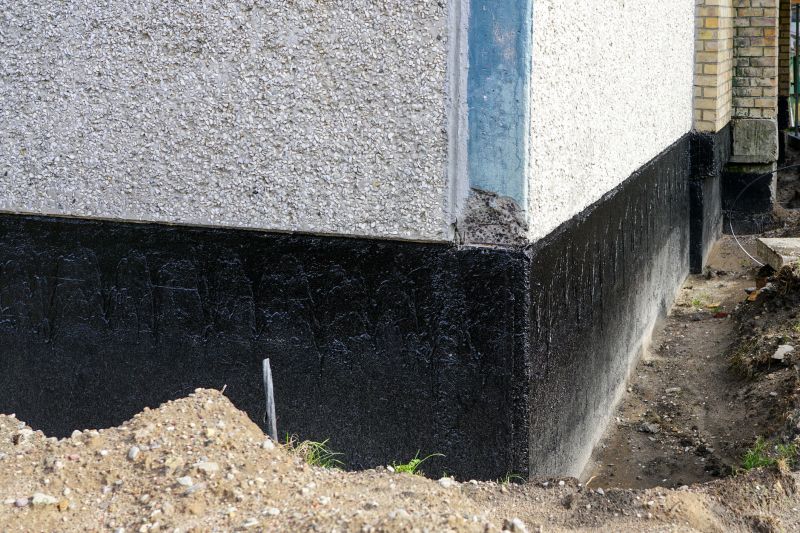
Ideal time for applying waterproofing to ensure protection before heavy rains.

Requires careful timing to avoid high temperatures that can affect curing.

Prepares structures for winter conditions, preventing freeze-thaw damage.
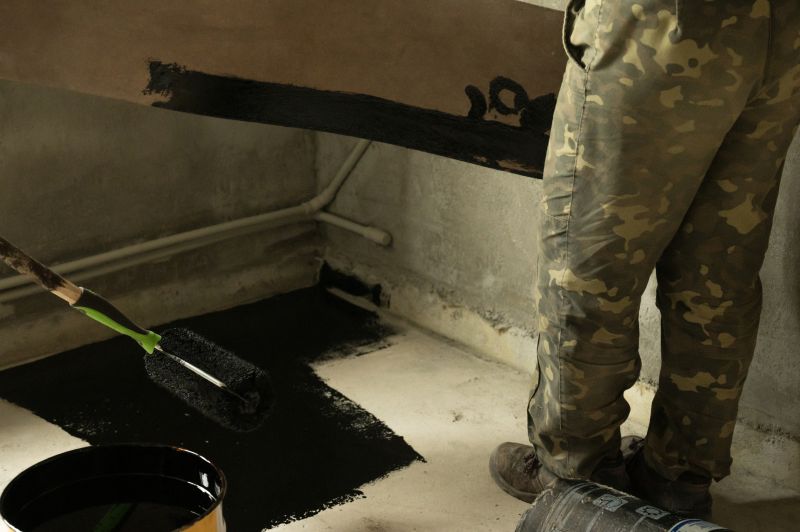
Ways to make Waterproofings work in tight or awkward layouts.

Popular materials for Waterproofings and why they hold up over time.
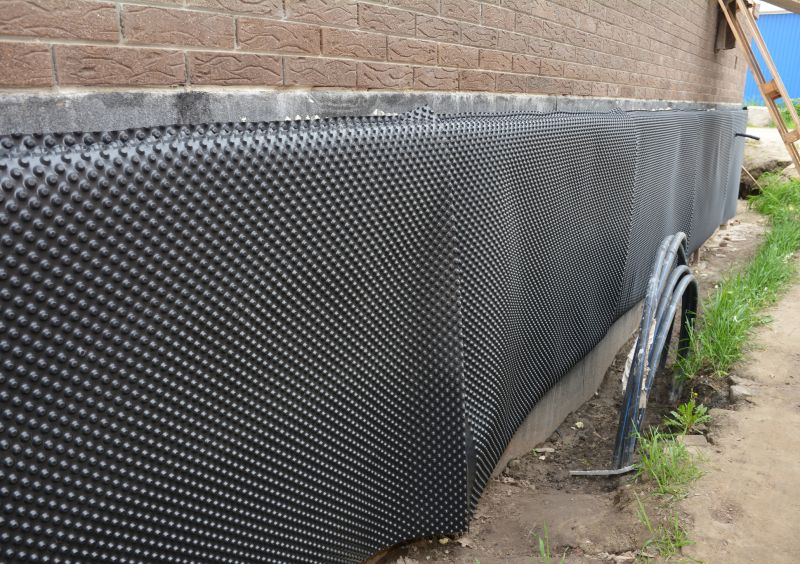
Simple add-ons that improve Waterproofings without blowing the budget.
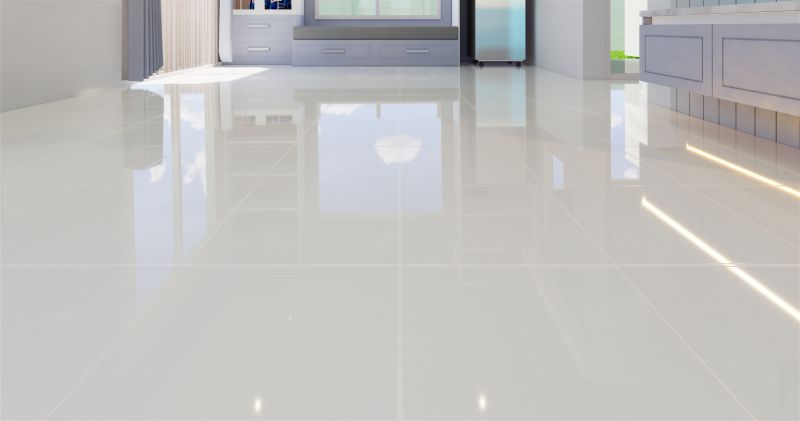
High-end options that actually feel worth it for Waterproofings.
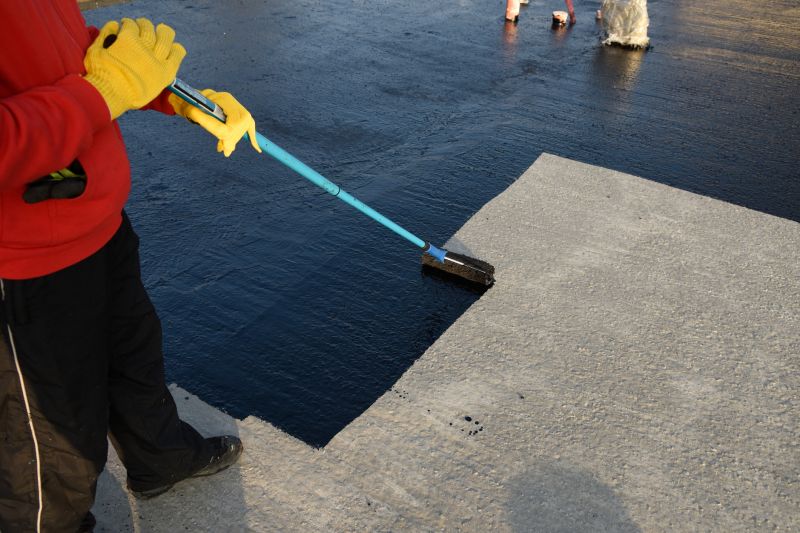
Finishes and colors that play nicely with Waterproofings.
Waterproofing involves applying specialized materials to surfaces to prevent water penetration. It is essential for foundations, roofs, basements, and other vulnerable areas. Properly timed waterproofing can significantly reduce maintenance costs and extend the lifespan of structures. Statistics indicate that waterproofing can prevent up to 80% of water-related damages when performed correctly and timely.
The effectiveness of waterproofing depends on environmental conditions, material quality, and application techniques. The best results are achieved when waterproofing is performed during favorable weather, typically in moderate temperatures and dry conditions. This ensures proper curing and adhesion, leading to a more durable barrier against water intrusion.
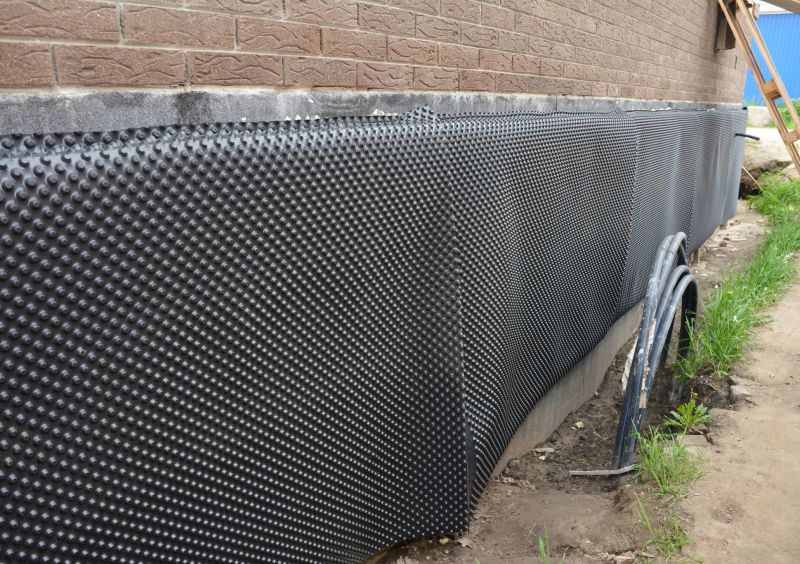
Different materials are suited for various surfaces and conditions, including liquid membranes, membranes, and coatings.
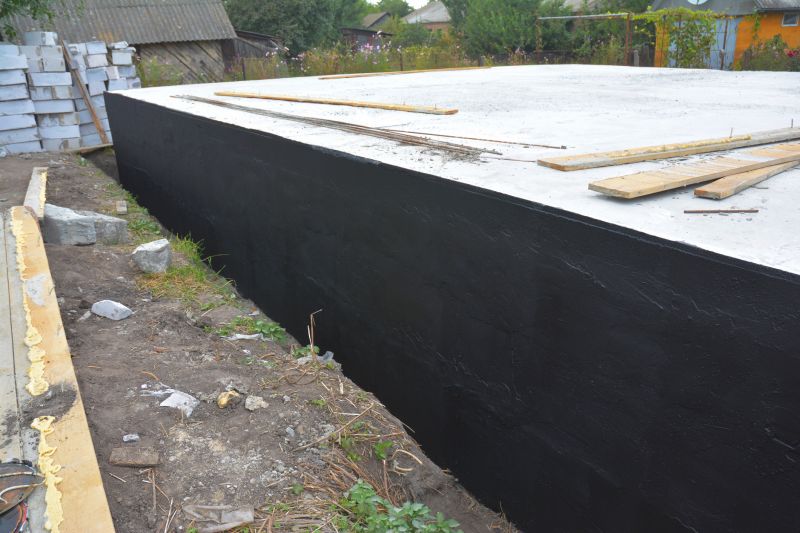
Foundations, roofs, basements, and balconies are typical sites requiring waterproofing.
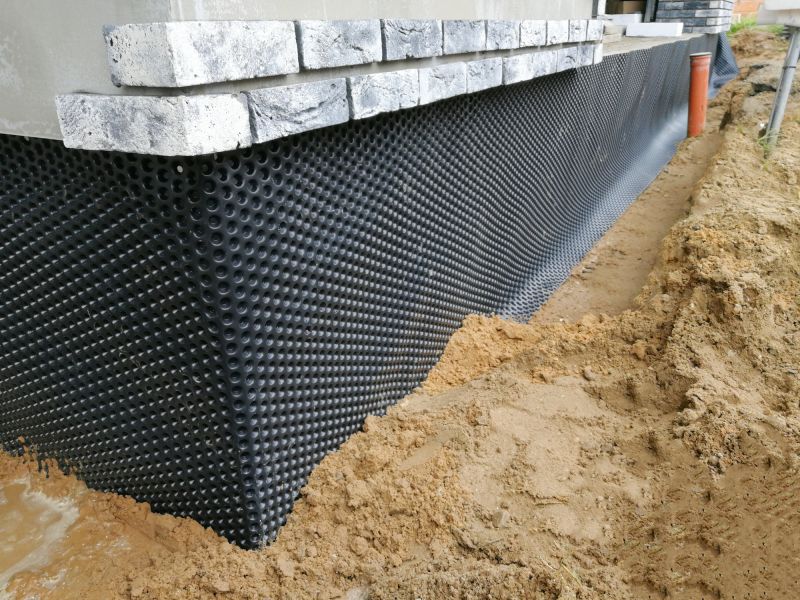
Methods include membrane installation, coating applications, and sealant treatments.
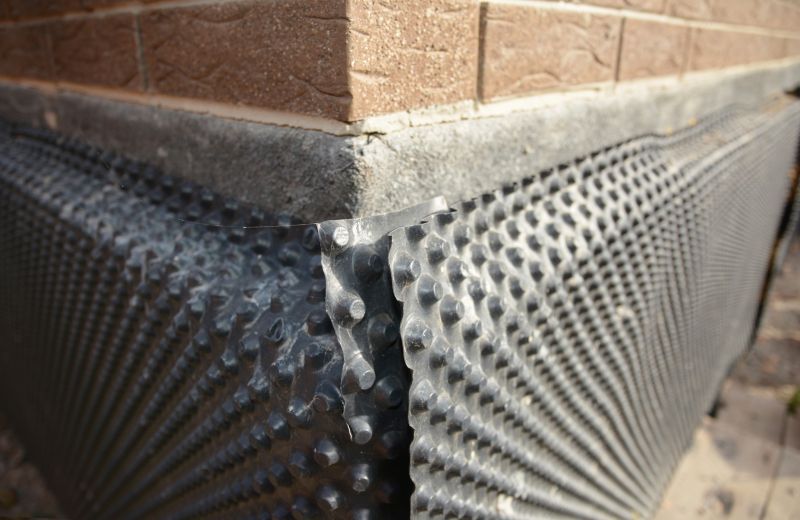
Prevents structural damage, reduces mold growth, and maintains property value.
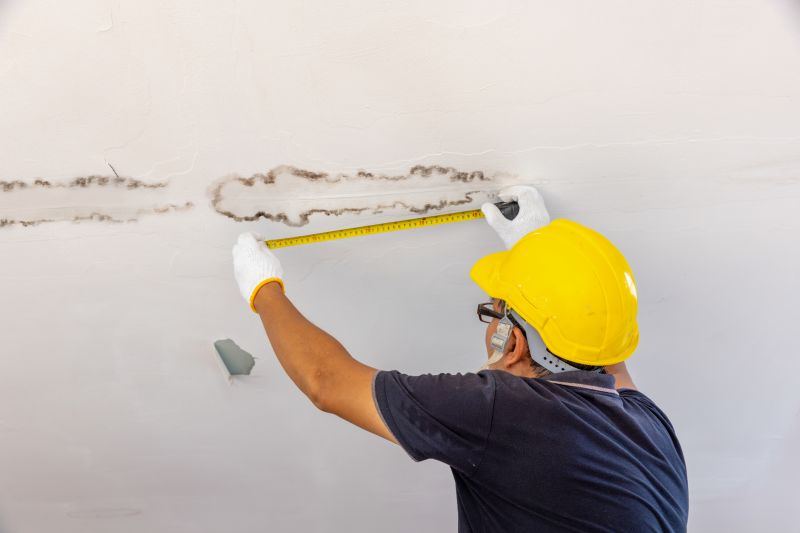
Little measurements that prevent headaches on Waterproofings day.

A 60-second routine that keeps Waterproofings looking new.

A frequent mistake in Waterproofings and how to dodge it.

Small tweaks to make Waterproofings safer and easier to use.
| Season | Recommended Actions |
|---|---|
| Spring | Begin waterproofing before heavy rains start to ensure protection. |
| Summer | Apply during early summer mornings or late afternoons to avoid high temperatures. |
| Fall | Perform waterproofing to prepare for winter and prevent freeze-thaw damage. |
| Winter | Generally not recommended due to cold temperatures and moisture issues. |
| Late Fall | Ideal for sealing and protecting structures before winter. |
Choosing the right time for waterproofing depends on local climate conditions and specific project requirements. Consulting with waterproofing professionals can help determine the optimal schedule to maximize protection and durability.
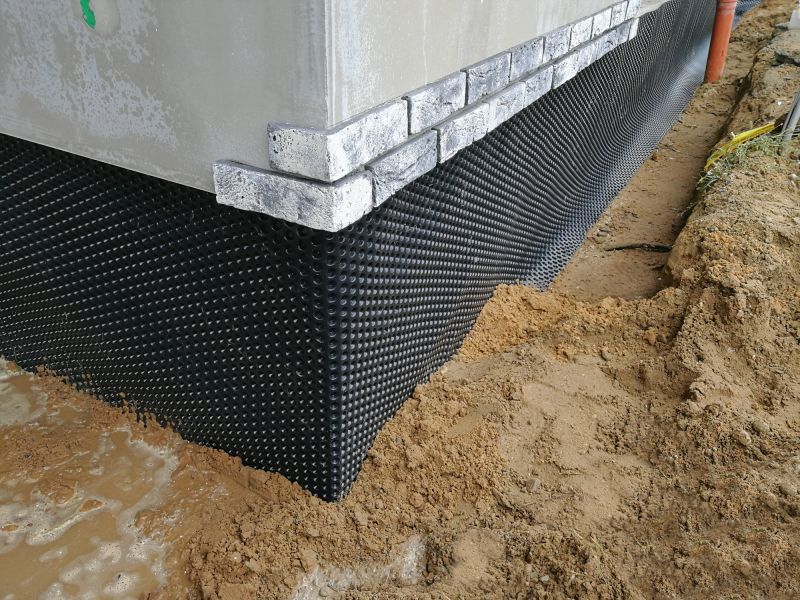
Application of membranes on foundation walls during suitable weather conditions.
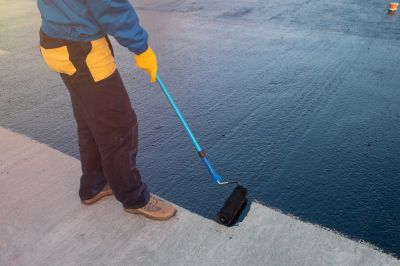
Applying waterproof coatings on roofs in dry, moderate weather.
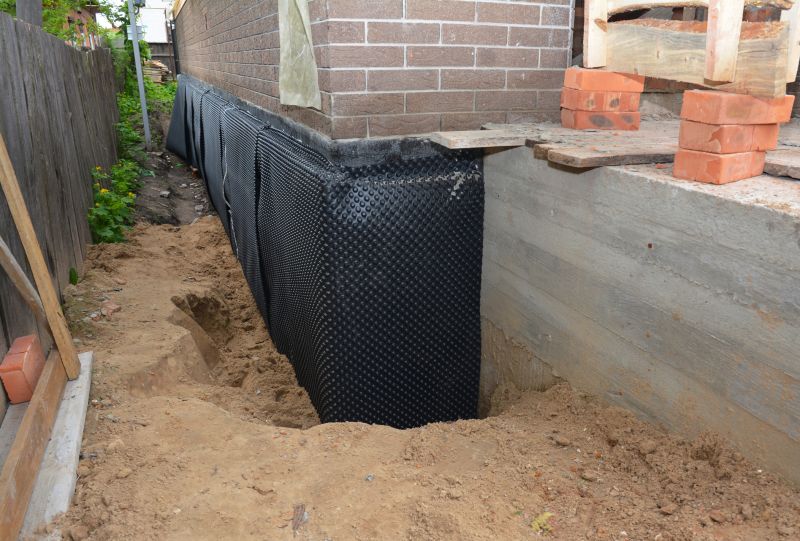
Regular checks ensure waterproofing remains effective over time.

Lower-waste or water-saving choices for Waterproofings.
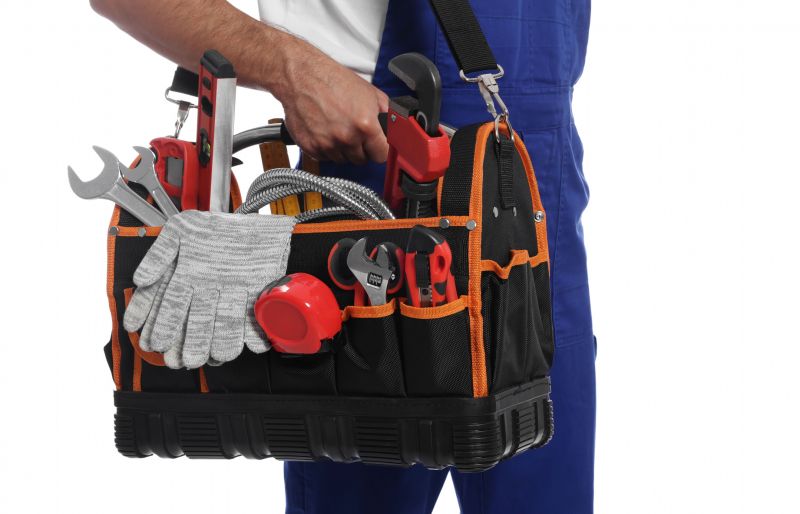
The short, realistic tool list for quality Waterproofings.
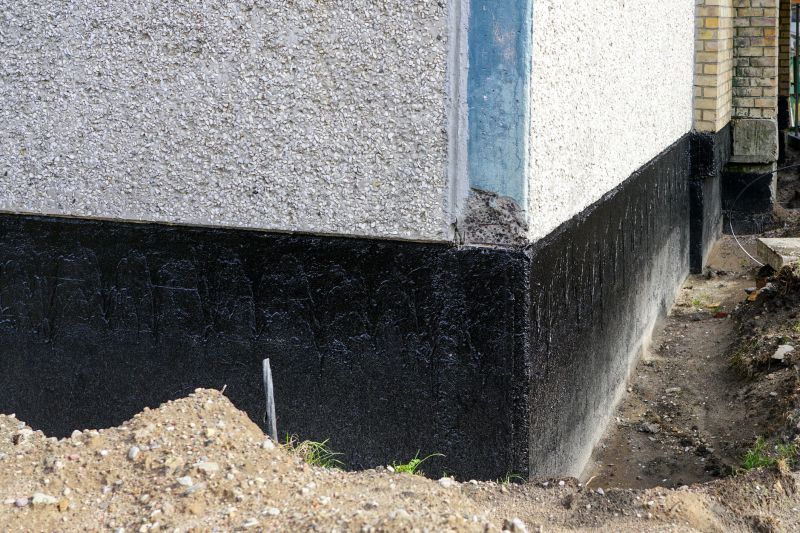
Rough timing from prep to clean-up for Waterproofings.
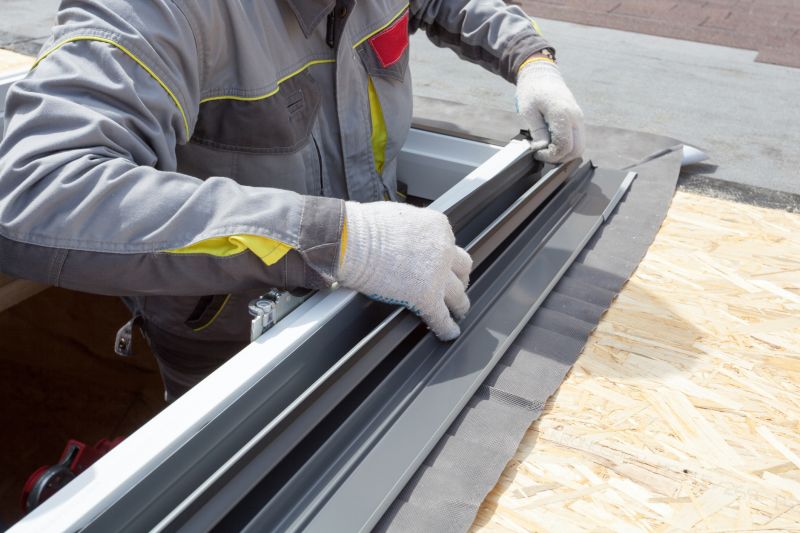
Quick checks and paperwork to keep after Waterproofings.

Examples that show the impact a good Waterproofings can make.
Interested in waterproofing services? Filling out the contact form can provide more information and help schedule inspections or applications at the optimal time for protection against water damage.

